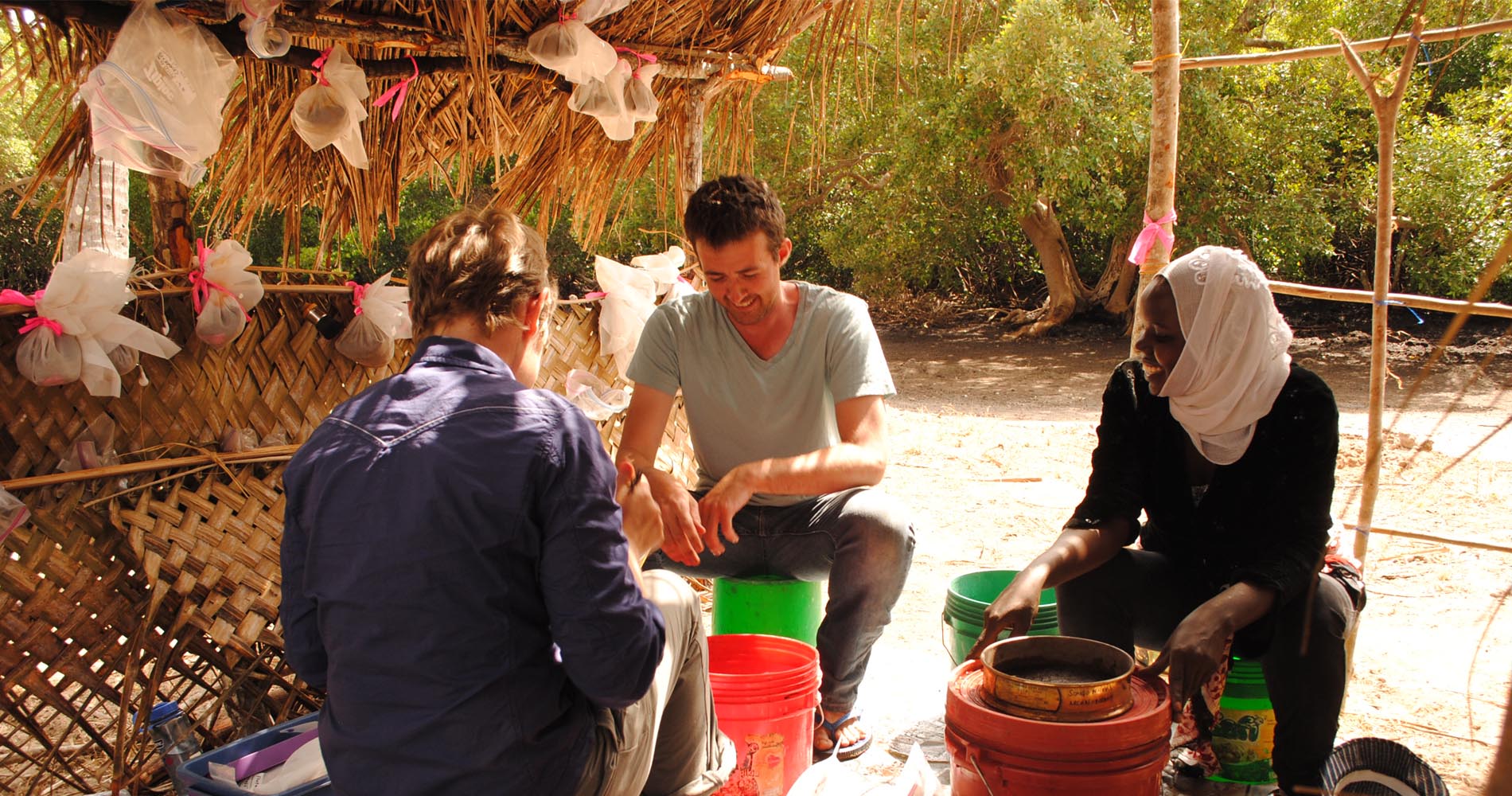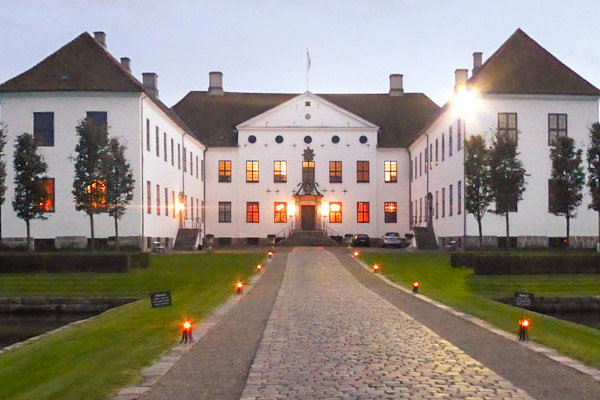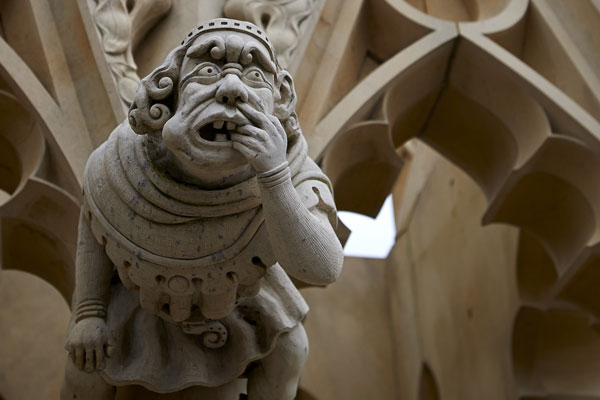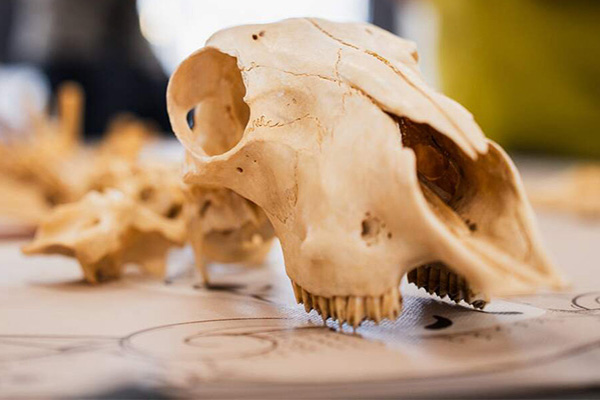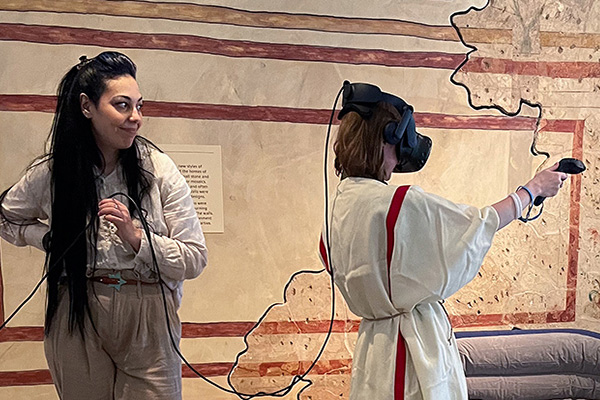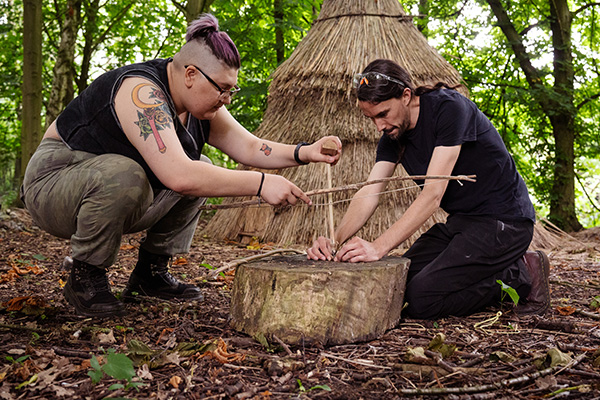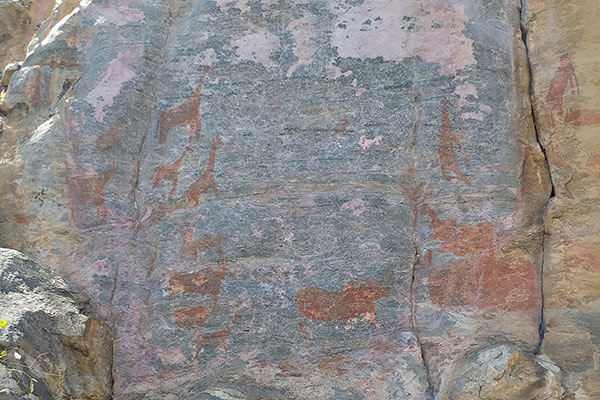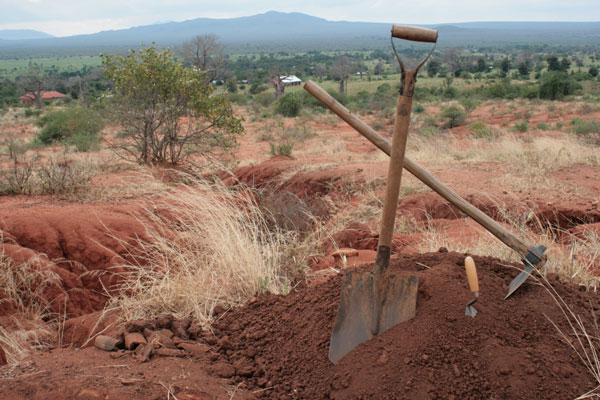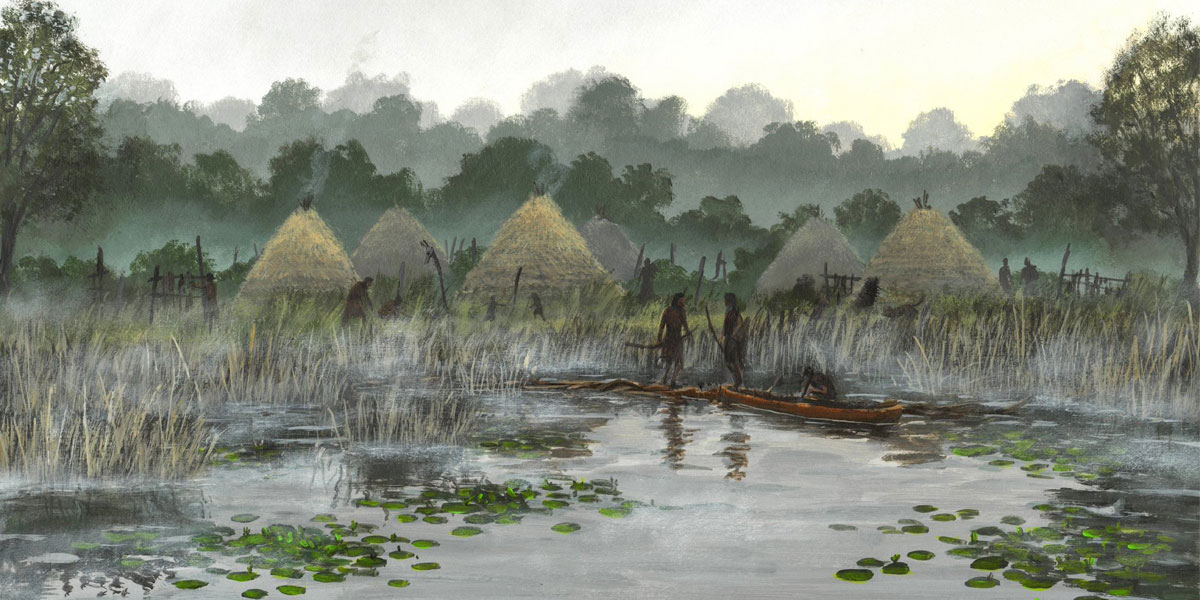Our vision is that by combining the richness and rigour of innovative cultural approaches and science-based analysis, York will be regarded as one of the best places in the world to conduct archaeological research.
We are recognised internationally as a leading institution for archaeological research tackling global issues that are both important and challenging.

